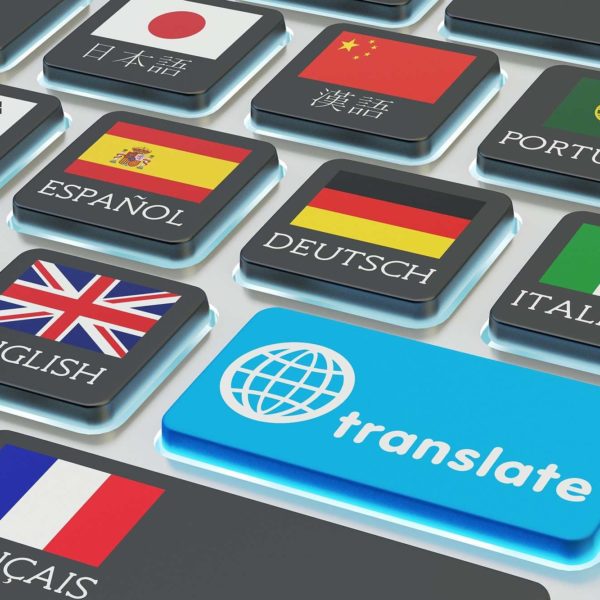Enhancing employee training, development through linguistic diversity

As businesses expand across borders and cultures, linguistic diversity in the workplace is becoming increasingly prevalent in today’s climate.

This diversity brings a plethora of benefits, but it also presents unique challenges, particularly in the realm of employee training and development. Let’s delve into the impact of language diversity on these crucial aspects of organizational growth and explore strategies to harness its potential effectively.
Understanding the Value of Language Diversity
Language diversity encompasses a variety of languages spoken by employees within an organization. It fosters a rich tapestry of perspectives, experiences, and ideas, which are invaluable assets in today’s competitive business landscape.
Embracing linguistic diversity not only promotes inclusivity but also enhances creativity, problem-solving, and innovation within teams.
Challenges in Training and Development
While language diversity offers numerous benefits, it also poses challenges, especially in the context of training and development initiatives.

One of the primary obstacles is the accessibility of training materials and sessions. When content is available only in a single language, it may exclude non-native speakers, hindering their ability to fully engage and comprehend the material.
Moreover, language barriers can impede effective communication between trainers and trainees, leading to misunderstandings and reduced learning outcomes. This becomes particularly pronounced in scenarios where technical or industry-specific terminology is involved.
Strategies for Overcoming Language Barriers
To address the challenges associated with language diversity in employee training and development, organizations can implement several strategies:
Multilingual Training Materials: Hiring a professional language services provider (LSP), like Teneo Linguistics Company, to translate training materials, such as manuals, presentations, and videos, in multiple languages to accommodate diverse linguistic backgrounds. This ensures that all employees can access and understand the content effectively.
Language Training Programs: Offer language training programs to employees who may need assistance in improving their proficiency in the primary language used within the organization.
TLC recently launched Language Proficiency Assessment services, Proficient Measures™, that support companies in the hiring of bilingual employees as well as gauging where current employees stand in their language proficiency.
This investment not only enhances communication skills but also fosters a more inclusive work environment.
Cultural Sensitivity Training: Incorporate cultural sensitivity training into employee development programs to promote understanding and appreciation of diverse cultural norms and communication styles. This cultivates an environment of respect and collaboration across language boundaries.

Peer Learning and Support: Encourage peer-to-peer learning and support networks among employees with different language backgrounds. Pairing individuals who speak different languages can facilitate mutual learning and strengthen relationships within teams.
The Benefits of Linguistic Inclusivity
By embracing linguistic diversity and implementing strategies to overcome language barriers, organizations can unlock numerous benefits for employee training and development:

- Enhanced Engagement: When training materials are accessible in employees’ native languages, they are more likely to feel engaged and motivated to participate actively in learning activities.
- Improved Learning Outcomes: Clear communication and comprehension fostered by multilingual training initiatives lead to improved learning outcomes and skill acquisition among employees.
- Cultural Competence: Exposure to different languages and cultures enhances employees’ cultural competence, enabling them to collaborate more effectively in multicultural teams and navigate diverse work environments.
- Innovation and Creativity: Linguistic diversity stimulates creativity and innovation by bringing together individuals with unique perspectives and problem-solving approaches.
Organizations must recognize the importance of embracing linguistic diversity in their employee training and development efforts. By implementing inclusive strategies and fostering a culture of respect and understanding, businesses can leverage the richness of linguistic diversity to drive organizational success and foster a more vibrant and dynamic workforce.
By partnering with a language services provider such as TLC, companies can get a jump on fostering an inclusive environment and expand their reach with professional translation and interpreting services.
Learn more about how TLC can support your business and get a free quote today at www.tlctranslation.com.






